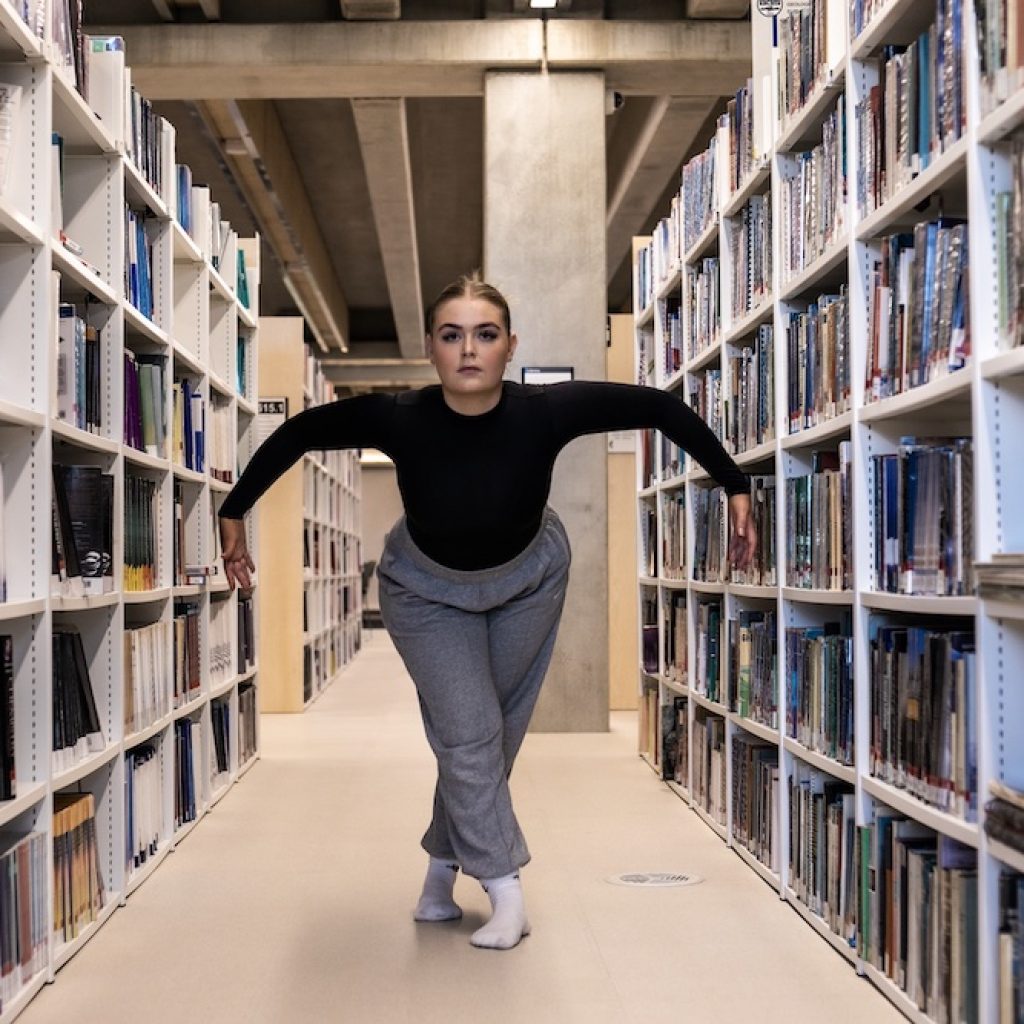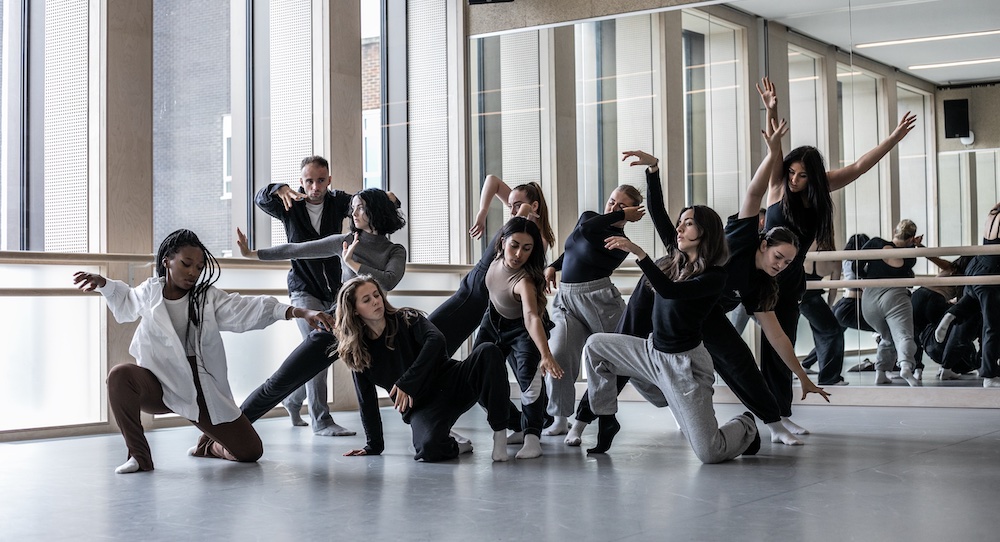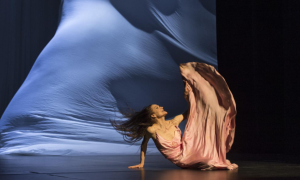“It is imperative that we now take collective action,” concludes a joint statement from key UK dance sector organisations One Dance UK, DanceHE, People Dancing and Society for Dance Research. These entities are “working collectively to draw attention to the increasing need to address the reduction of access to dance across education sectors.”
Dance programmes at UK higher education institutions have been shuttering, one by one, in recent years. The causes are clear, as are the risks without action to turn the tide.
We’ll look at how we got here, why it’s problematic, and what we can do to bring higher education dance in the UK back to its full force and vibrancy. Key voices in that ecosystem will guide us. Let’s take the deep dive!
The lay of the land: The current higher education dance environment in the UK
Those closures have occurred at University of South Wales, University of Plymouth, University of Surrey, University of Winchester, University of Derby, University of Central Lancashire, Coventry University and University of Wolverhampton.
More recently, universities announcing imminent closure of their dance programmes include Arts University Bournemouth, University of Bedfordshire and Leeds Beckett University. At Leeds Beckett, staff are aiming to work with senior management to salvage the undergraduate dance provision.
It would seem no wonder, then, that those aforementioned organisations would release a joint statement expressing “deep concern” about this environment. Laura Nicholson, Head of Children and Young People’s Dance at One Dance UK, believes that “dance has been squeezed out of the curriculum, significantly reducing students’ chance of accessing dance throughout their education. The current picture is nothing short of catastrophic.”

UK-based dance programmes are also not alone in this struggle; a 2021 article in The Guardian described courses in “music, dance, performing arts, art and design, and media studies” facing such threats. The article, now three years old, affirmed that these programmes were at risk – and its predictions proved prescient.
Jo Grady, the general secretary of the University and College Union (UCU), warned readers of The Guardian that “the universities most vulnerable are those with a higher number of less well-off students…deny[ing] them the chance to study subjects like art, drama and music.”
Alan Read, Professor of Theatre at King’s College London, affirmed that these embattled programmes have been “vital to the overall ecology of theatre and performance studies” – and that their closures therefore pose an “existential threat” to such education.
How we got here
That kind of downward trend doesn’t happen overnight; how did all of this happen? One factor has been reduced Department for Education funding for arts education (as described in that 2021 The Guardian article). At some programmes, that funding change has coincided with a drop in enrollment — and risings costs due to COVID. Exhibit A: Professor Ian Campbell, Interim Vice-Chancellor at the University of Wolverhampton, explained to readers of Arts Professional how the pandemic “has significantly increased costs to the university, while at the same time enrollments have been falling.” One factor in that seems to be COVID making it more challenging for international students to travel for their studies, he noted.

Nicholson thinks that how the government speaks about creative arts courses of study – using terms such as “low-value” and “dead-end” – has also had an impact. The aforementioned joint statement argues that language “cannot be underestimated in terms of its impact on young people’s perceptions and on parental support for creative careers.” All of these factors have combined to create a “perfect storm” upon the higher education dance landscape in the UK, Nicholson says.
What happens if we don’t take action
One notable impact of these closures has been, and will be, narrowing the field of students who can study dance at the university level. “As more courses close, the reality is that students who don’t wish to live away from home have limited or often no route of study for dance at university,” reads the joint statement. Nicholson maintains that “the landscape has effectively become a ‘postcode lottery’…[denying] young people the opportunity to reach their potential and enter the talent pipeline.”
Moreover, simply put, these closures threaten the strength of the UK’s dance sector. The joint statement describes how each of those now-closed, and closing, programmes “was instrumental in ensuring students could access a broad and varied range of higher education study routes in dance, to educate and prepare students for a fulfilled career in the arts and beyond….Without a comprehensive dance offer at [the university] level, where students can see the value of studying dance and the many possibilities of work after graduating, where will the next generation of dancers, choreographers, teachers, designers, administrators and dance researchers evolve from?”
As such, the well-being of dance in higher education is inextricably linked with that of the professional dance sector. It’s arguably also instrumental in youth well-being: physically, mentally, in their career trajectories and beyond.

“As both a physical activity and a creative pursuit, dance is a unique and rich educational subject – with a wealth of evidence in existence about the positive impact it can have on physical and mental well-being,” says Nicholson. “At a time when the UK faces both a mental health crisis and an obesity epidemic in young people, on a scale never seen before, it’s imperative that dance is preserved and can flourish at all phases of education. Studying dance [in university] supports the development of an enormous range of transferable skills crucial to successful engagement in life and employment – preparing graduates to be agile, creative employees needed to tackle the jobs of the future. With the rapid development of AI, perhaps jobs requiring creativity and human emotional responses are the ones that will remain in decades to come?”
Moreover, dance and the arts have made their mark in the UK – thrived, even. The joint statement also notes how the 2021 Research Excellence Framework (REF) deemed the UK’s dance researchers “world leading” and “world class.” Nicholson notes that “the UK prides itself on its vibrant and diverse creative sector” – and that the UK government has even recognized the growth in that sector. The Guardian reported that the creative arts sector provides €111 billion a year to the UK economy — and that figure has only grown since 2021. All of that vibrancy isn’t a given — and, all considered, it seems very much at risk.
In an even grander sense, the health of wider culture is at stake, Alan Read argued in The Arts Professional. “Without the seeding ground where real research excellence and performance is taking place, we are going to lose a critical part of the complexity of our culture.”
Calming the storm: Revitalizing dance in UK universities
“We are in grave danger of destroying our own talent pipeline, and urgent action is needed,” Nicholson warns. What might that action entail? One Dance UK, DanceHE, People Dancing and the Society for Dance Research call for “decision makers across government and within education to work together to address an erosion of degree-level dance provision.” These organisations are ready and willing to engage in such discussions, as well as to “offer further research, support and knowledge” with respect to protecting and rebuilding dance in UK universities – and why doing so matters.

Nicholson believes that one area of focus in such discussion should be curriculum design. “Significant curriculum reform is urgently needed to ensure” that curricula are “truly broad and balanced.” If arts courses are to be regarded and funded on the level of STEM subjects, the way student outcomes are assessed also needs to be refined, Nicholson also says. Finally, career guidance and professional placement – “to offer students opportunities to enter the talent pipeline” – are vital in these efforts.
Nicholson additionally believes that how the UK government speaks about the arts needs improvement. She holds that government institutions and officials “need to demonstrate public support for the arts, recognising their value and significant positive impact on the economy and the health and well-being of the nation.”
As a wide-ranging problem, not to mention an incredibly challenging one, solving it will call for a variety of approaches. All hands must be on deck. The health of the dance environment in UK universities declines before our eyes. Yet, it doesn’t have to perish, not on our watch.
By Kathryn Boland of Dance Informa.














